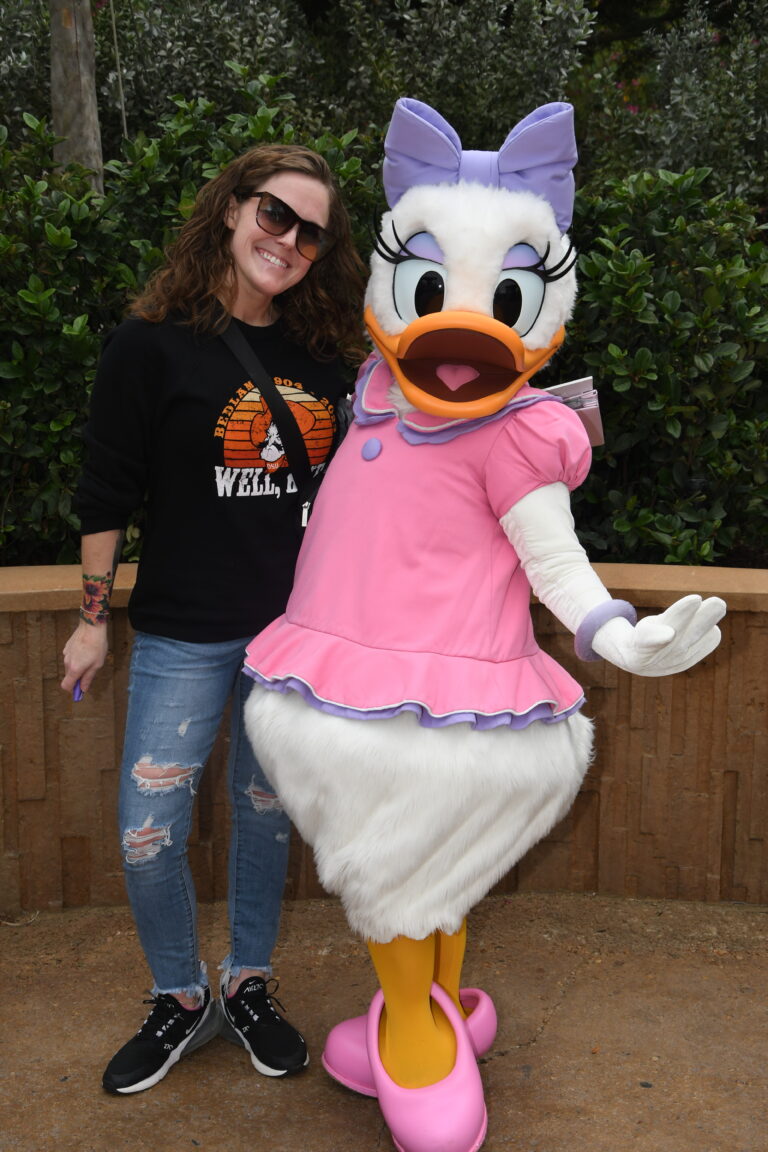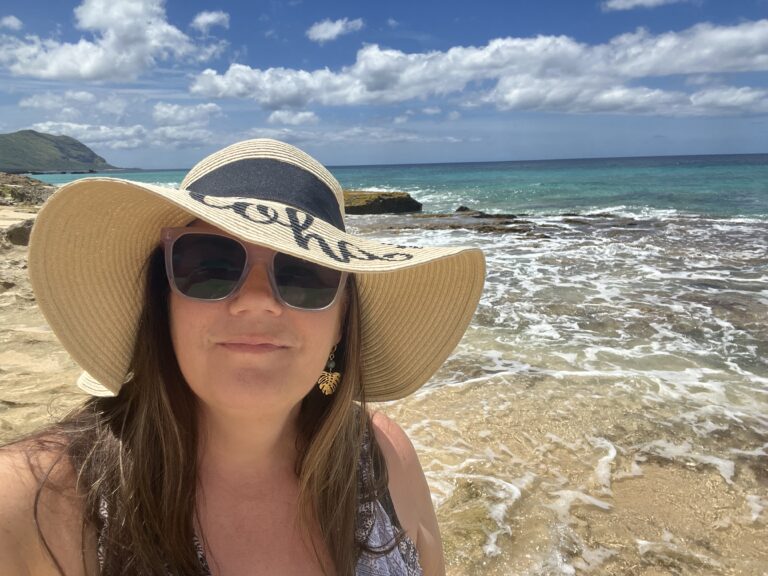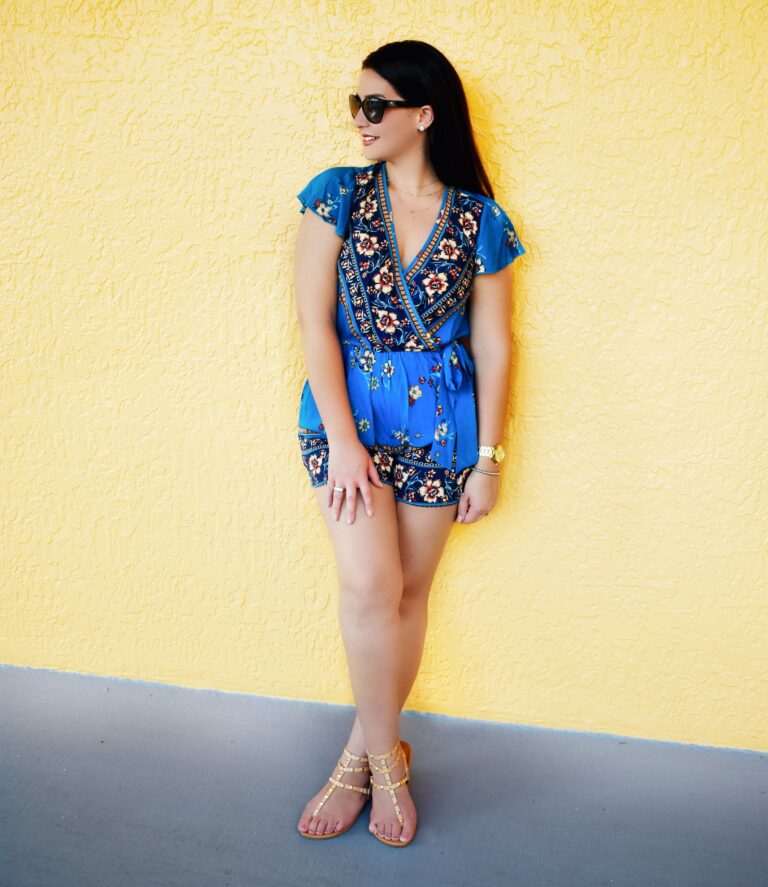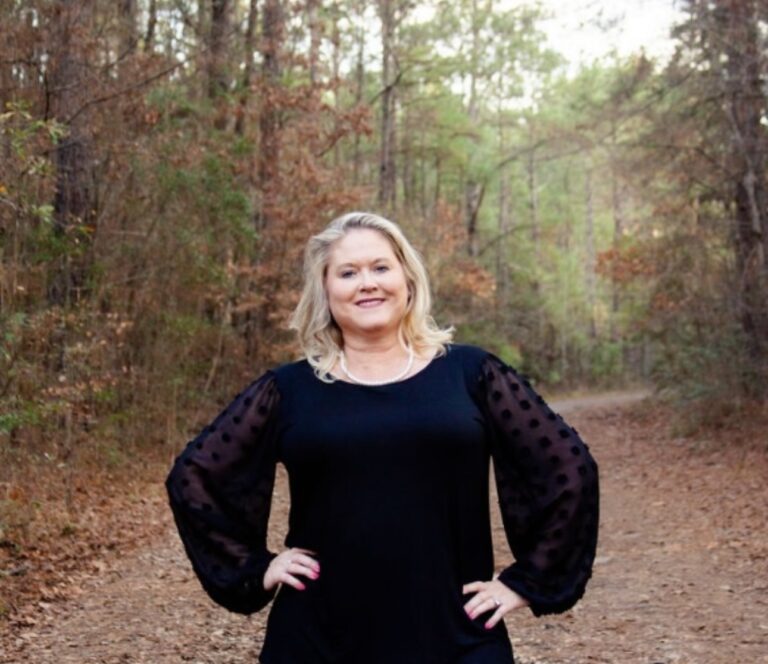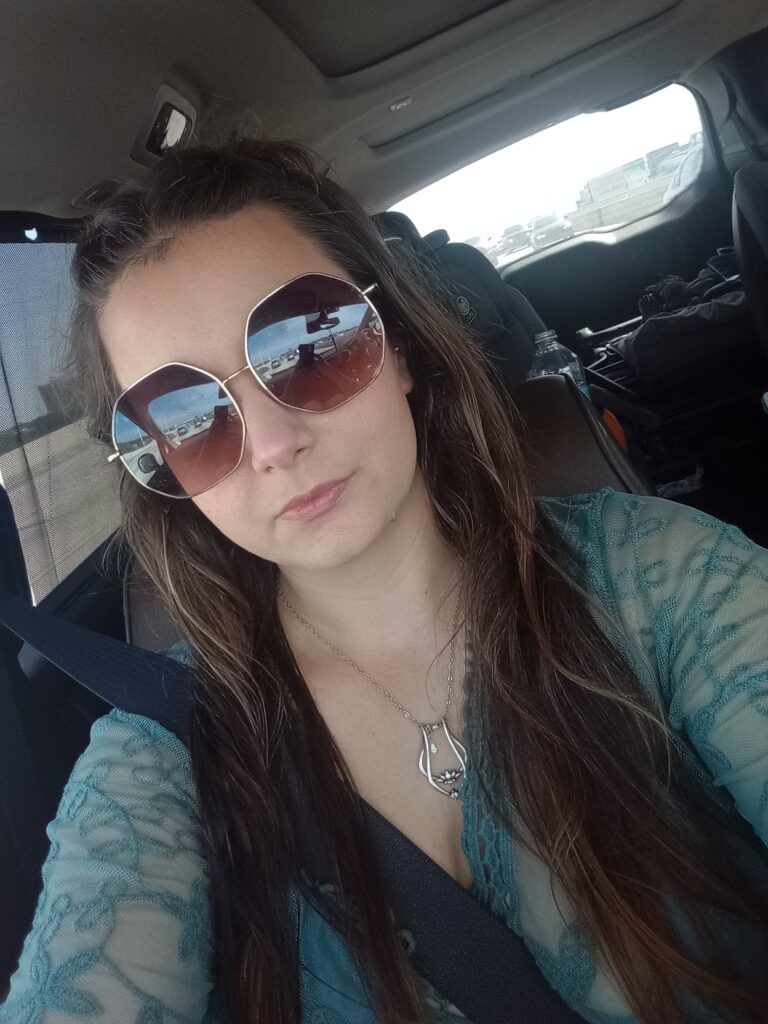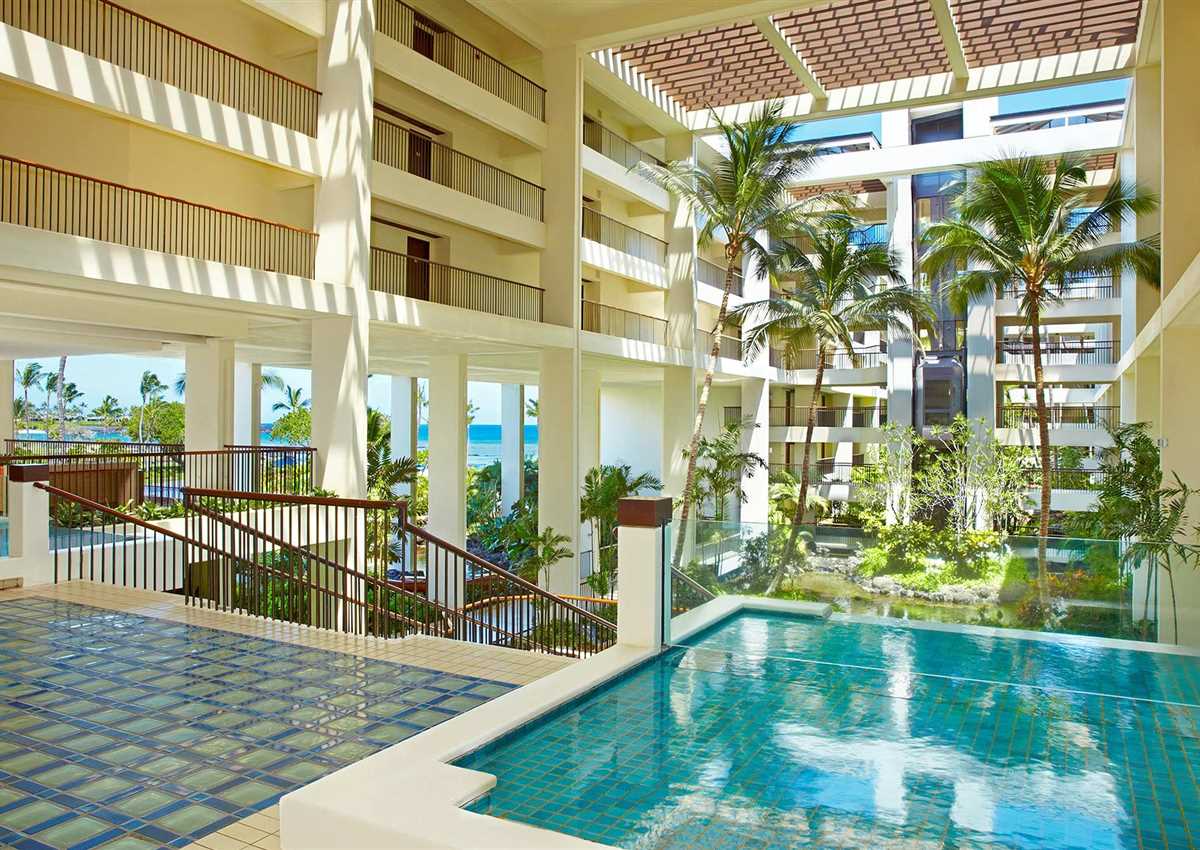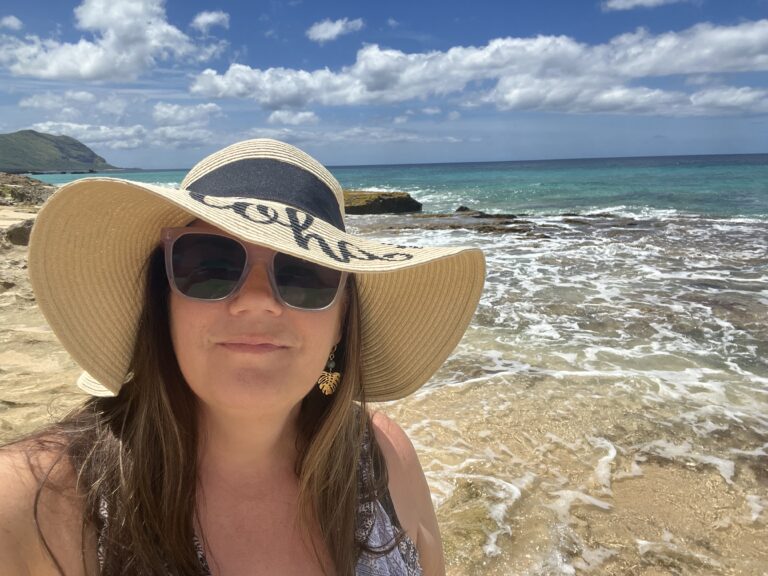Overview
Introduction
The small town of Maun, Botswana, on the edge of the Okavango Delta, lies 355 mi/575 km northwest of Gaborone. Few visitors go beyond the souvenir stalls outside the airport gates before they board the five-seat connecting flights to Okavango Delta, Moremi Reserve or Kalahari Desert destinations.
These flights are a great introduction to what's to come—the pilot usually flies low enough so that visitors can see huge elephant herds or, occasionally, a large antelope dashing through the brush. For drivers and their vehicles, Maun is a place to rest. The town has curio, souvenir and art shops, some of them very good.
Maun's only attractions are on the outskirts of town: the Okavango Swamps Crocodile Farm and the small Maun Game Sanctuary, with walking trails through the last of the natural habitat that once surrounded the town. Bordered by the Thamalakane River, the sanctuary has quite a few animals and some good bird sightings.
Overview
Introduction
At a breathtaking 14,000 ft/4,265 m (with an azure sea sparkling below), Mauna Kea is one of the best spots on Earth to explore the heavens: The Mauna Kea observatory complex has 13 major astronomical telescopes. Free stargazing programs are presented each evening, weather permitting, at the Onizuka Center for International Astronomy Visitor Information Station. Phone 808-961-2180. http://www.ifa.hawaii.edu/info/vis.
Ascending Mauna Kea is a challenging undertaking. The roads can be treacherous (rental car agencies frown on making this trip in anything but a four-wheel-drive vehicle), and the thin atmosphere at the high altitude can affect stamina and concentration. On your way up, stop at the Onizuka Center for at least an hour to acclimate yourself to the altitude, learn more about the observatories and get some safety tips.
People with histories of health problems and pregnant women should not go to the summit because of the extreme conditions (children younger than 16 are not allowed to go to the top). Those who do go should keep in mind there are no services of any kind at the summit. Guided summit tours are available Saturday and Sunday afternoons—meet at the information station at 1 pm. (You must have a four-wheel-drive vehicle.) Located 9,200 ft/2,800 m above sea level, the Mauna Kea Visitor Information Station (VIS) hosts a free stargazing program Tuesday, Wednesday, Friday and Saturday 6-10 pm. Reservations are not necessary.
Mauna Kea is also one of the most exotic places on Earth to snow ski (January-March). However, there are no tows, lifts or ski facilities of any kind on the mountain, and conditions are unpredictable and ungroomed. You and your group can either rent a four-wheel-drive vehicle and take turns driving to the top, dropping the others off and picking them up at the bottom, or you can hire a guide to drive you. For information and details, contact Ski Guides Hawaii. Phone 808-885-4188. http://www.skihawaii.com.
West of the observatory is the Mauna Kea State Recreation Area, which rents self-contained cabins and dormitory lodges, and allows hunting for game birds, wild boar and sheep in season. Phone 808-974-6200.
Mauna Kea is 50 mi/80 km northeast of Kailua-Kona.














